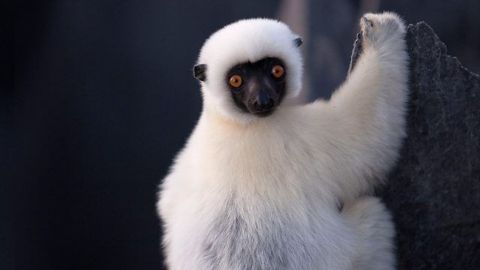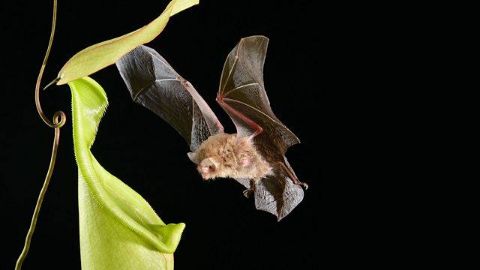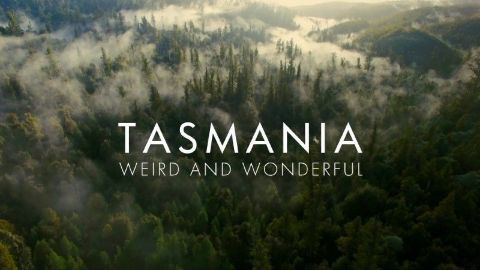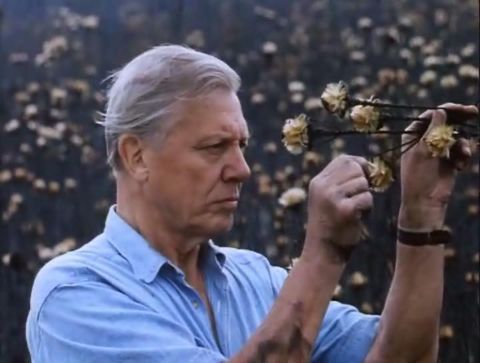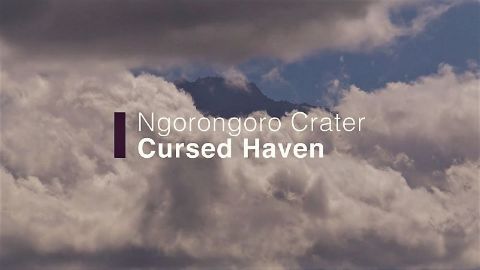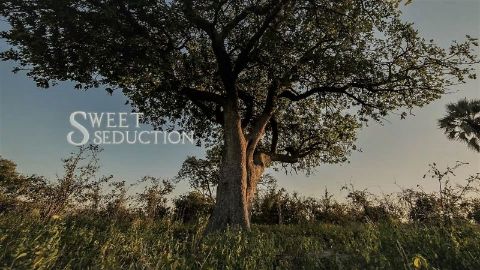Hawaii • 2020 • episode "S1E3" • Earth's Tropical Islands
A look across Hawaii's varied islands, discovering how they were made, and how its wildlife thrives. The most remote island chain on Earth, its tropical shores are hard to reach. However, for the hardy creatures that have made it there, such as the waterfall-climbing fish, carnivorous caterpillar and Laysan albatross, a land of opportunity awaits. From newly formed lava fields, to lush jungles, and vibrant coral reefs, these diverse and beautiful islands have it all. As this documentary reveals, its people are looking to the future and attempting to protect and foster its flora and fauna.
Make a donation
Buy a brother a hot coffee? Or a cold beer?
Hope you're finding these documentaries fascinating and eye-opening. It's just me, working hard behind the scenes to bring you this enriching content.
Running and maintaining a website like this takes time and resources. That's why I'm reaching out to you. If you appreciate what I do and would like to support my efforts, would you consider "buying me a coffee"?
Donation addresses
BTC: bc1q8ldskxh4x9qnddhcrgcun8rtvddeldm2a07r2v
ETH: 0x5CCAAA1afc5c5D814129d99277dDb5A979672116
With your donation through , you can show your appreciation and help me keep this project going. Every contribution, no matter how small, makes a significant impact. It goes directly towards covering server costs.
